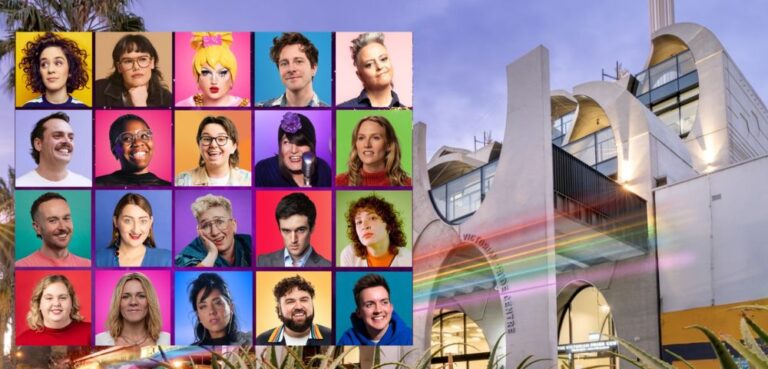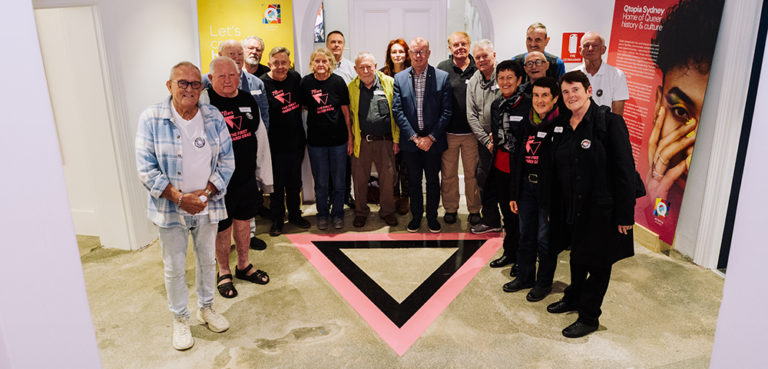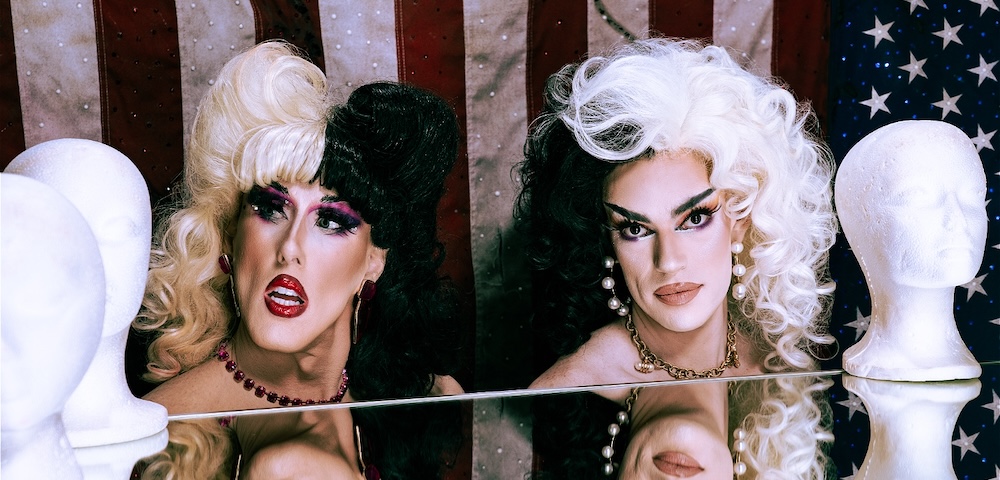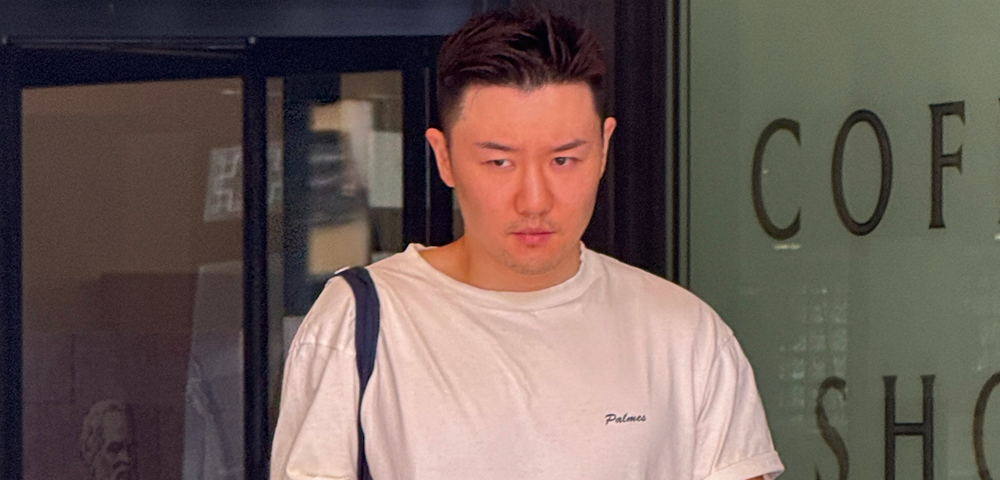
A vision of boho, homo renaissance
Creating an alternative cultural economy is key to reducing violence and reclaiming Oxford St as an area of GLBT pride and bohemian artistry, according to the City of Sydney’s newly appointed Oxford St Cultural Precinct Coordinator, Deborah Mills.
Placed in charge of developing a cultural strategy for the area, Mills envisions an Oxford St of the future filled with vibrant public spaces where people can hang out and discuss pieces of public art devoted to the area’s GLBT history, before heading for a meander up the road to check out an after hours exhibition at the National Art School or COFA.
Basically, what we’re finding at the moment from speaking to people, is that safety is an issue, that people feel the area is becoming less interesting and that people feel that the gay and lesbian identity in the area isn’t as strong as it once was, Mills told Sydney Star Observer.
I guess what I’m trying to achieve is a planning framework that can be used by the council and by community-based stakeholders, that recognises that arts and cultural development is critical to urban revitalisation.
It’s about trying to get people to understand that where culture goes, business grows.
By boosting the cultural capital in the area, it is hoped that Oxford St will draw in new crowds to spark a type of urban renaissance that works in conjunction with the council’s safety strategy.
One of the things we want to do is diversify the night time economy, so you’ve got a whole range of different things happening in the space, so it’s not just a place you go to get wasted, which I think can play a large role in making the area safer, Mills said.
It would be great to see people coming to Oxford St to consume art rather than just alcohol and drugs.
Drawing artists into the area to create a bohemian buzz around Oxford St is also key to Mills’ alternative approach to economic development.
The thing that is going to attract artists to the area and make them stay is affordable work spaces and I think that is something we can achieve by setting up mechanisms for the council to broker deals between artists and property owners, so that artists could use superfluous spaces, she said.
Apart from the buzz that it would generate, the economic spin-off is that those artists would be heading to local businesses for their coffees or lunches.
So far the Darlinghurst Business Partnership has been really 100 percent behind this all the way. They seem to be interested in this concept not just because it’s good for their businesses but they seem genuinely excited about leveraging the creative energy in the area which is just such an encouraging response.









